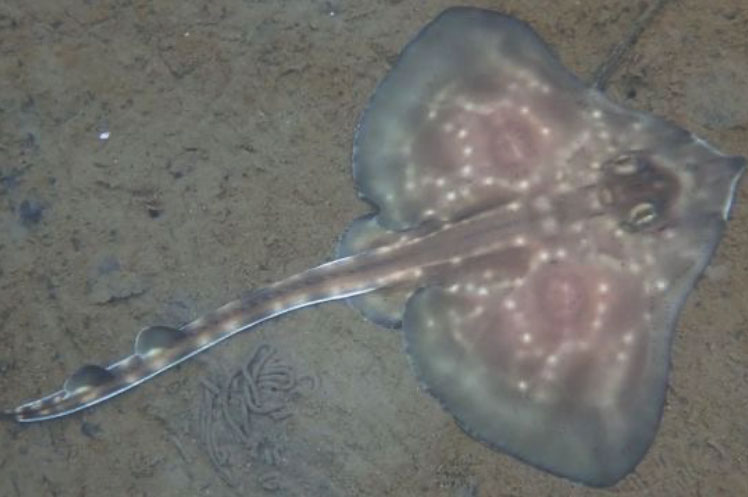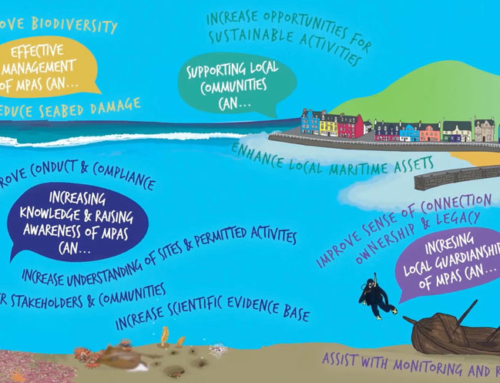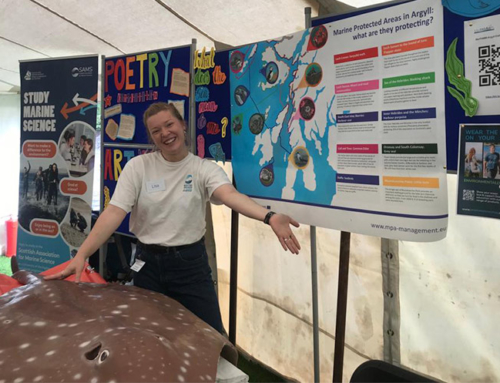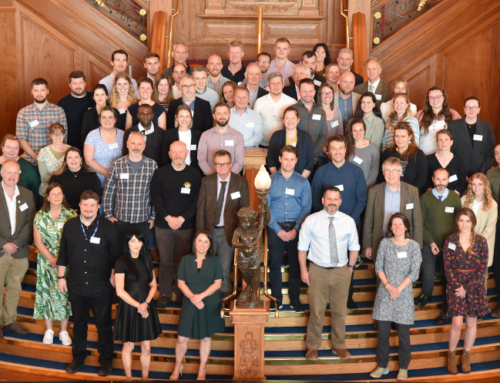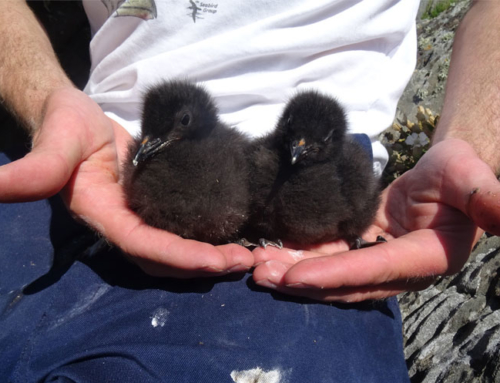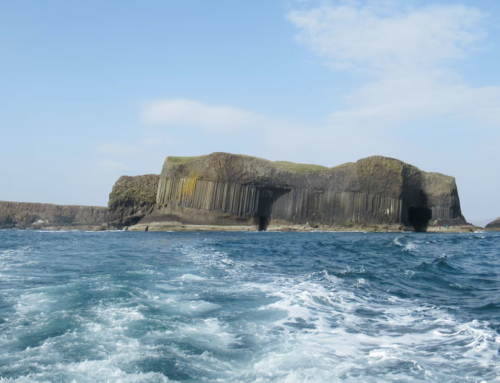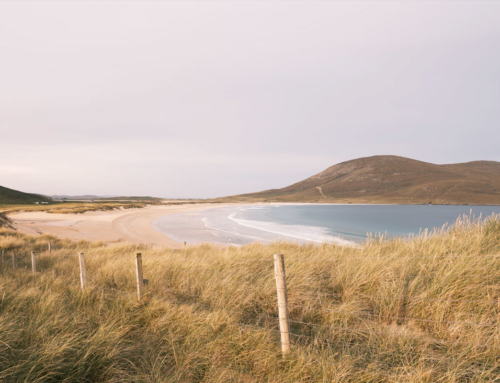To protect a species you need to know where it lives and how abundant it is. But that is a challenge given the vastness of the ocean. One approach, therefore, is to identify environments that would be suitable for a species and generate models of statistical likelihood where a species is more or less likely to live.
Based on water depth and seabed morphology data, MarPAMM seabed experts from the Agri-Food and Biosciences Institute, Marine Scotland and Ulster University thus produced predictive distribution models for sandeel, ocean quahog, fan mussel, horse mussel, flapper skate, sea fan, sea pen and maerl.
Environment managers can use these distribution maps to conduct in-depth surveys and identify areas of particular importance, conflict or concern. The information is invaluable for MPA management and monitoring for benthic species.
Album: Species and distribution map powerpoint
The critically endangered common skate, who mainly live on soft sediment but occasionally stray into gravel and rocky areas, are actually two species: the larger flapper skate and the blue skate. Both reproduce via external egg cases that hatch slowly. Two MPAs for flapper skate including the new Red Rocks and Longay MPA protect their nursery and feeding areas.
Sandeels are a key component of marine food webs. Protected in the sand over winter and during the night, sandeels emerge to feed on plankton – often many miles away from their sandy beds. They are known to avoid mud and to seek out flatter areas like the tops of sandbanks. Sandeels are an important prey species for many marine mammals and seabirds.
Both northern and pink sea fan occur in the MarPAMM area. These corals tend to occur near exposed rock and avoid finer sediment. They favour places that are elevated and filter their microscopic food from the water.
Horse mussels (Modiolus modiolus) can increase biodiversity as their beds generate an environment suitable for soft corals, tubeworms, brittle stars and other small animals. But they are at risk of damage from bottom trawls and dredges.
Ocean quahog (Arctica islandica) is a burrowing bivalve and one of the longest-lived animals we know. They can live for over 500 years. Because of their slow growth rate they take a long time to recover if damaged by bottom trawling or dredging.
Maerl is a hard yet fragile and slow-growing alga that forms carpets on the sea floor. These beds are an important habitat for smaller marine species including sea urchins, worms, sea cucumbers and young scallops. Maerl is at risk from ocean acidification and warming as well as from dredging, trawling and anchoring.

